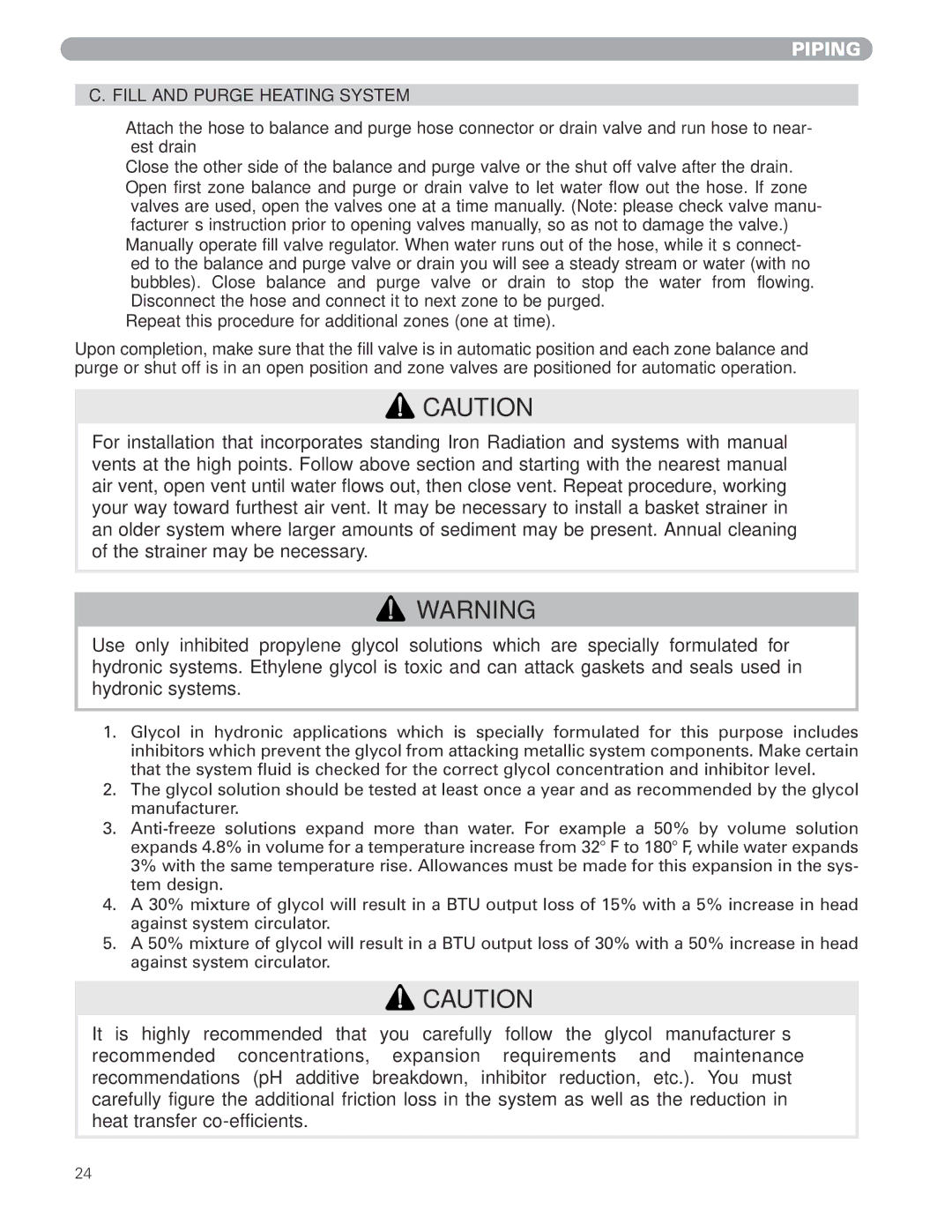MUNCHKIN HIGH EFFICIENCY HEATER with the "925" Controller specifications
The Munchkin High Efficiency Heater, equipped with the advanced "925" Controller, represents a significant advancement in heating technology for both residential and commercial applications. Known for its reliability and exceptional performance, this heater is designed to provide efficient heating while minimizing energy costs and environmental impact.The Munchkin High Efficiency Heater operates on a condensing technology that extracts heat from exhaust gases. This process allows for higher efficiency rates, often exceeding 95%. By recovering heat that would otherwise be lost, the heater maximizes energy utilization, making it an eco-friendly choice for homeowners and businesses alike.
One of the standout features of the Munchkin 925 Controller is its user-friendly interface, which allows for effortless operation and monitoring of the heating system. The controller comes with advanced diagnostic capabilities that provide real-time feedback on system performance. Users can easily adjust settings, program schedules, and monitor energy consumption, ensuring optimal comfort and efficiency.
Furthermore, the Munchkin High Efficiency Heater is equipped with a variety of features that enhance its performance and user experience. The unit is designed with a durable heat exchanger made from stainless steel, which not only improves heat transfer but also ensures longevity and resistance to corrosion.
The heater operates quietly, making it suitable for installation in residential settings, including bedrooms and living spaces. Additionally, its compact design allows for flexible installation options, even in constrained spaces. The Munchkin unit is also compatible with multiple venting options, providing further versatility in installation configuration.
Safety features are a priority in the design of the Munchkin Heater. It includes built-in freeze protection, ensuring that the system operates effectively even in low temperatures. The unit also has an array of safety sensors that monitor for conditions such as flue blockage and overheating, triggering automatic shut-off mechanisms to prevent potential hazards.
In conclusion, the Munchkin High Efficiency Heater with the "925" Controller is a cutting-edge solution for efficient heating. With its superior performance, advanced controller system, durable construction, and comprehensive safety features, it remains a top choice for those looking to improve their heating efficiency while reducing energy consumption. Whether it's for residential or commercial use, the Munchkin heater promises reliability and comfort in any environment.

